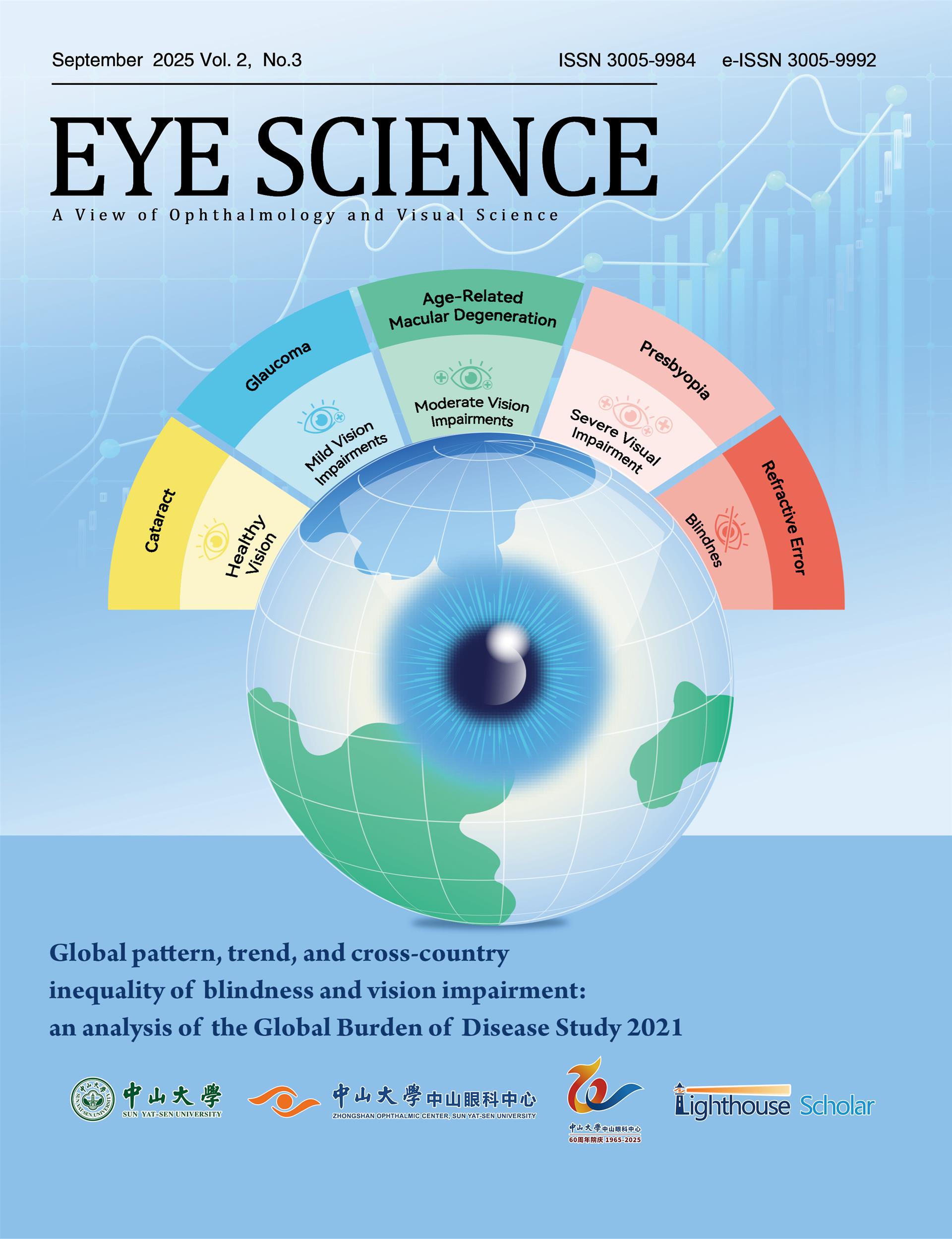Schools are an important avenue to tackle the rising prevalence of uncorrected refractive error among children. School-based vision programs are an innovative approach of vision care delivery in the urban school setting in the United States. These programs are effective in improving vision outcomes and advancing health equity, especially among the disadvantaged school districts. While most school-based vision programs provide vision screening, eye examinations, and eyeglasses prescription to students directly in schools, different mechanisms and models have been reported. In this paper, we describe two large-scale school-based vision programs, Vision for Baltimore and Helen Keller International’s United States Vision Program, representing national and regional efforts to partner with local communities in improving access to pediatric vision care. These programs also serve as data collection platforms and provide evidence to inform public health policy and guide best practice. Collectively, these two programs showed that one in three students failed vision screening. The prevalence of uncorrected refractive error was high and the demand for eyeglasses was great among those who failed vision screening. While most of the students’ uncorrected refractive errors could be addressed in the school setting, one in seven needed additional eye care. We found that schools with more socioeconomically disadvantaged students had greater needs of school-based vision program services. We hope this knowledge helps to maximize the impact of school-based vision programs and promote a system that ensures better health outcomes for all children.

















